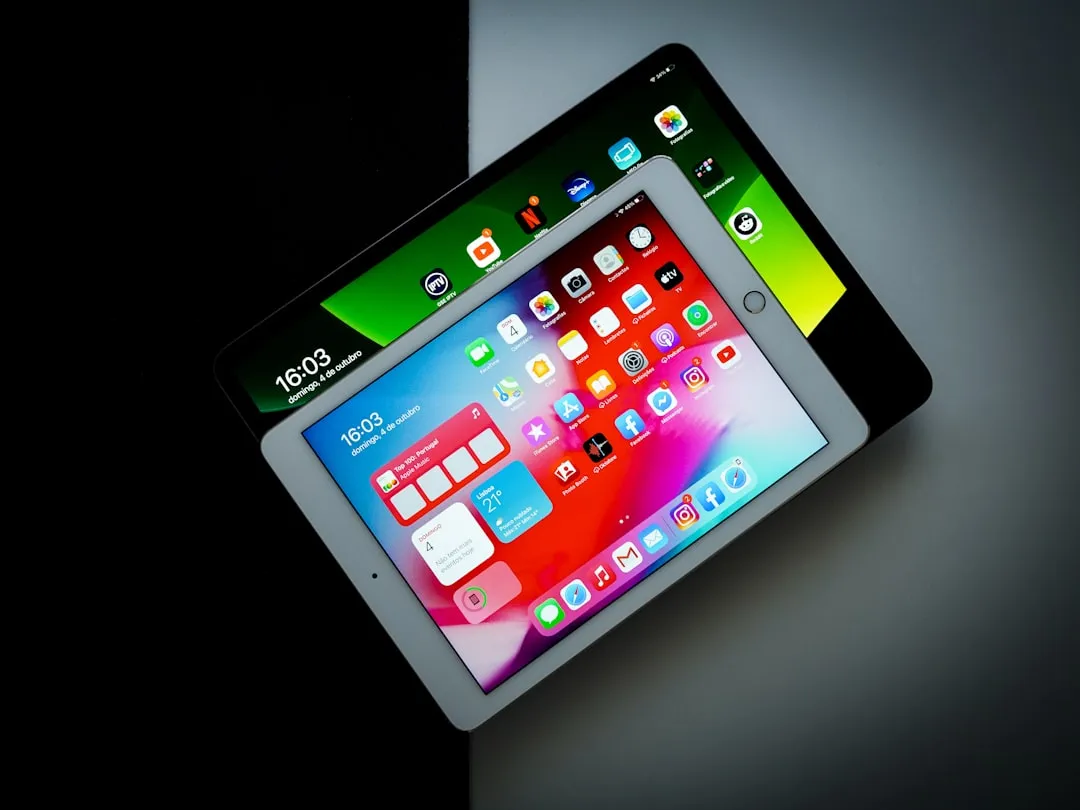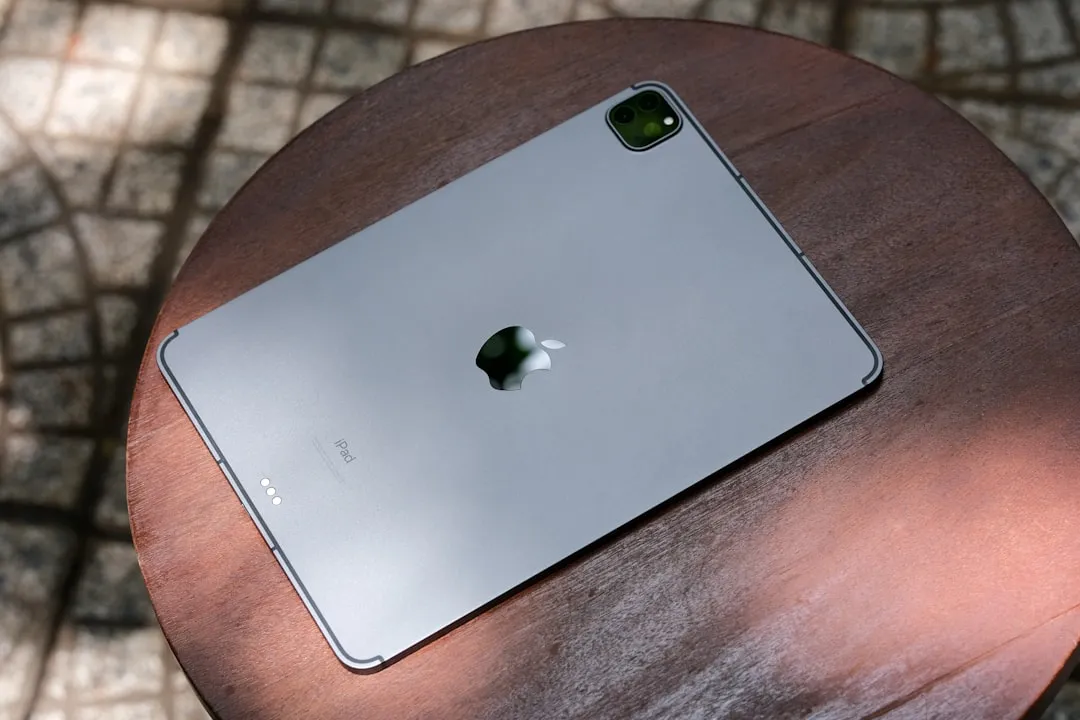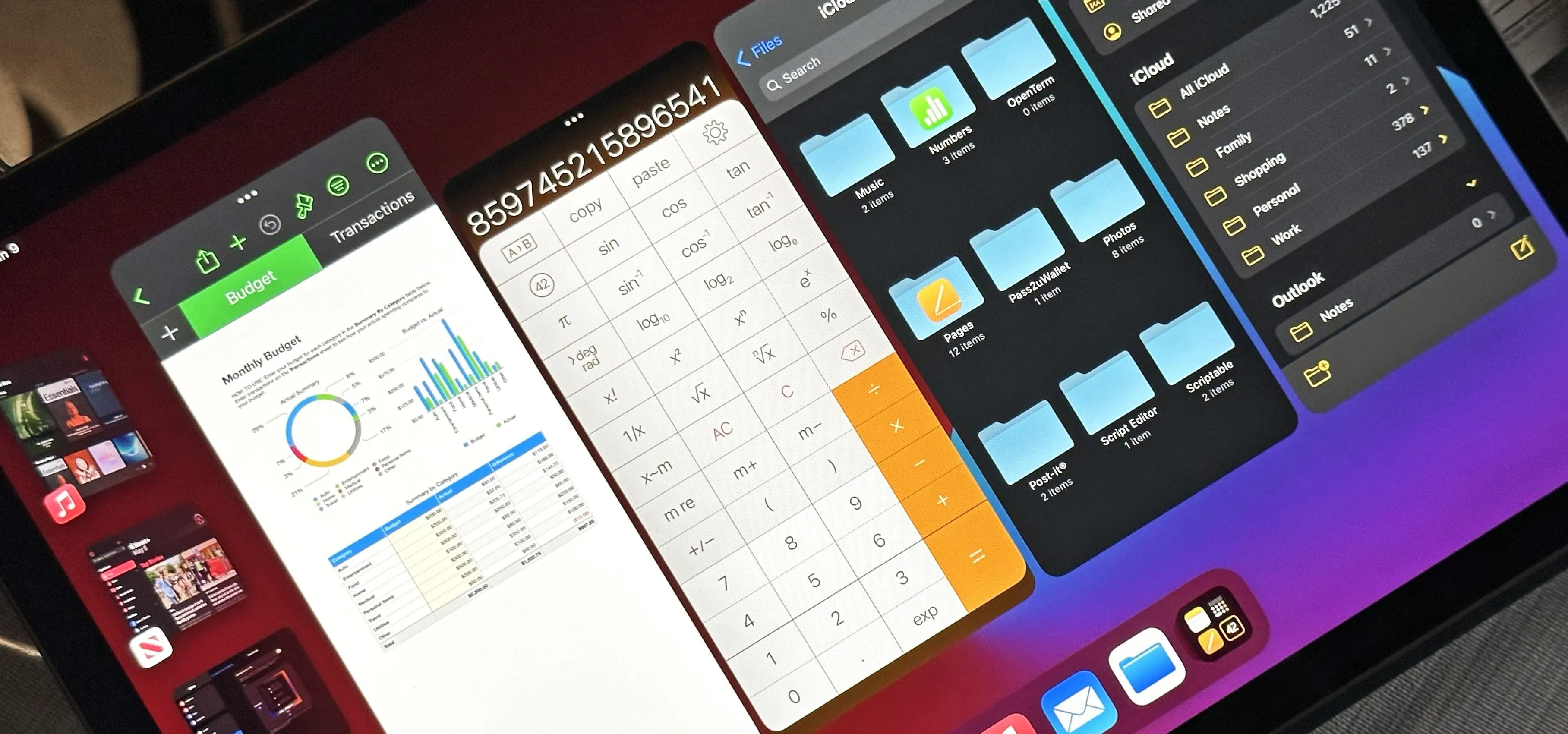Picture this: You're deep into a creative project when your MacBook starts chugging along like it's stuck in molasses. Meanwhile, your iPad Pro sits there, practically taunting you with its smooth performance. Sound familiar?
Well, here's the kicker—Apple's upcoming M5 iPad Pro might finally close that performance gap for good. Ming-Chi Kuo reports the M5-powered tablet will enter mass production in late 2025, marking about 17 months since the M4 launch. But this isn't just another spec bump. We're talking about a device that could fundamentally change how you think about mobile computing.
The timing couldn't be better. With iPadOS 26 bringing macOS-style window controls and a proper menu bar, Apple is clearly positioning the iPad as more than just a bigger iPhone. The software foundation is there—now it needs the horsepower to match.
What makes the M5 chip different from everything before it?
Let's break down what Bloomberg's Mark Gurman tells us about Apple's M5 strategy. The chip will be built on TSMC's improved 3-nanometer process, bringing performance and efficiency improvements that should make your current M4 iPad feel sluggish by comparison.
But here's where it gets interesting: Apple is implementing TSMC's System on Integrated Chip (SoIC) technology. Think of it as 3D chip-stacking that vertically layers components for better thermal management and reduced electrical leakage. Translation? More power, less heat, longer battery life.
This engineering approach could deliver 30% better performance per watt while reducing heat generation—critical for sustained creative work sessions where thermal throttling typically kills productivity.
The M5 also gets a boost from enhanced ARM architecture, which means better performance per watt than the already impressive M4. And unlike Apple's decision to skip TSMC's 2nm process (thanks to cost considerations), the SoIC approach still delivers significant advancements over traditional 2D chip designs.
PRO TIP: The dual-use SoIC design isn't just for consumer devices—Apple plans to deploy M5 chips in AI server infrastructure too. That's some serious computational muscle.
The feature that could change everything about video calls
Now here's something nobody saw coming. According to Mark Gurman's latest reporting, the M5 iPad Pro will feature dual front-facing cameras—one on the long edge and another on the short edge.
Why does this matter? Because it eliminates the awkward angle problem that's plagued iPad video calls since day one. Whether you're holding your tablet in portrait mode for a quick FaceTime or landscape for a serious Zoom presentation, you'll always be looking directly at the camera. No more weird side-eye shots or having to awkwardly prop your iPad at strange angles.
Beyond video calls, this dual-camera approach signals Apple's commitment to making the iPad work seamlessly in professional environments where orientation flexibility matters. The current M4 iPad Pro already has Face ID that works in multiple orientations, but having actual cameras positioned for optimal viewing angles? That's next-level thinking.
Plus, with iPadOS 26 bringing better windowing and multitasking, having proper camera positioning for video calls while running other apps becomes even more critical.
Getting the Mac experience without the Mac limitations
This is where things get really exciting. iPadOS 26 isn't just catching up to macOS—it's bringing features that make the iPad more Mac-like than ever. You get macOS-style traffic light controls, complete windowing control, and the ability to have up to 12 windows open at once.
But here's what makes it better than a traditional Mac setup: you still get touchscreen functionality, Apple Pencil support, and that lightweight portability. The current iPad Pro already weighs just 0.98 pounds compared to the MacBook Air's 2.7 pounds. Imagine that same portability with M5 performance.
The new windowing system in iPadOS 26 scraps the old Stage Manager engine entirely, replacing it with a new system built around window prioritization. This new engine coordinates across CPU, NAND, GPU, and battery to optimize which windows should be prioritized based on your activity.
And let's talk about distributed computing. Apple has patented technology that would network your Mac, iPhone, iPad, and Vision Pro together to combine processing jobs dynamically. Imagine exporting 4K video in Final Cut Pro on your M5 iPad Pro while your idle MacBook Air automatically provides additional computational muscle in the background. Your devices would intelligently balance the workload based on available resources.
What this means for your workflow (and wallet)
Let's get practical here. The current 13-inch iPad Pro starts at $1,299, and adding the Magic Keyboard brings it to $1,598. That's already more expensive than a MacBook Air, and the M5 version will likely push prices even higher.
But here's the thing—you might actually get more value for that premium. The M5 iPad Pro could handle professional video editing, run multiple resource-intensive apps simultaneously, and deliver desktop-class performance in a form factor that's genuinely portable.
For creative professionals, this integration eliminates the traditional choice between portability and power—you can sketch concepts during client meetings, then seamlessly transition to 4K video editing on the same device. Plus, with features like ChromaGlow and Stem Splitter coming to Logic Pro for iPad, creative professionals are getting desktop-grade tools in a tablet form factor.
The dual camera setup alone could justify the upgrade for remote workers who spend half their day on video calls. No more explaining to clients why you're at a weird angle or investing in external webcams and complex setups.
Don't Miss: Apple is also working on an all-screen MacBook with virtual keyboard and trackpad, but that's still years away. The M5 iPad Pro could bridge that gap much sooner.
Where do we go from here?
The M5 iPad Pro represents something bigger than just another hardware refresh. With mass production scheduled for the second half of 2025 and iPadOS 26 bringing genuine desktop-class multitasking, Apple is making its boldest play yet for the laptop replacement market.
Sure, iPadOS still doesn't give you Terminal access or native Xcode, and there's no multi-user support outside education. But for the vast majority of users who primarily need web browsing, content creation, and productivity apps, the M5 iPad Pro could deliver desktop-class performance in a 0.98-pound package.
This timing positions Apple to capture the growing remote work market where professionals need desktop power in tablet portability—a segment that traditional laptops can't fully address. The combination of M5 processing power, dual-camera functionality, and iPadOS 26's desktop-class multitasking creates a compelling case for ditching the laptop entirely.
The question isn't whether Apple can build a tablet that matches laptop performance—the M4 iPad Pro already does that. The question is whether they can build one that makes you forget you ever needed a laptop in the first place. Based on what we're seeing with the M5 chip and iPadOS 26, that future might be closer than you think.
SHOP: Keep an eye on Apple's fall 2025 event—that's likely when we'll see the M5 iPad Pro make its debut alongside other major announcements.























Comments
Be the first, drop a comment!